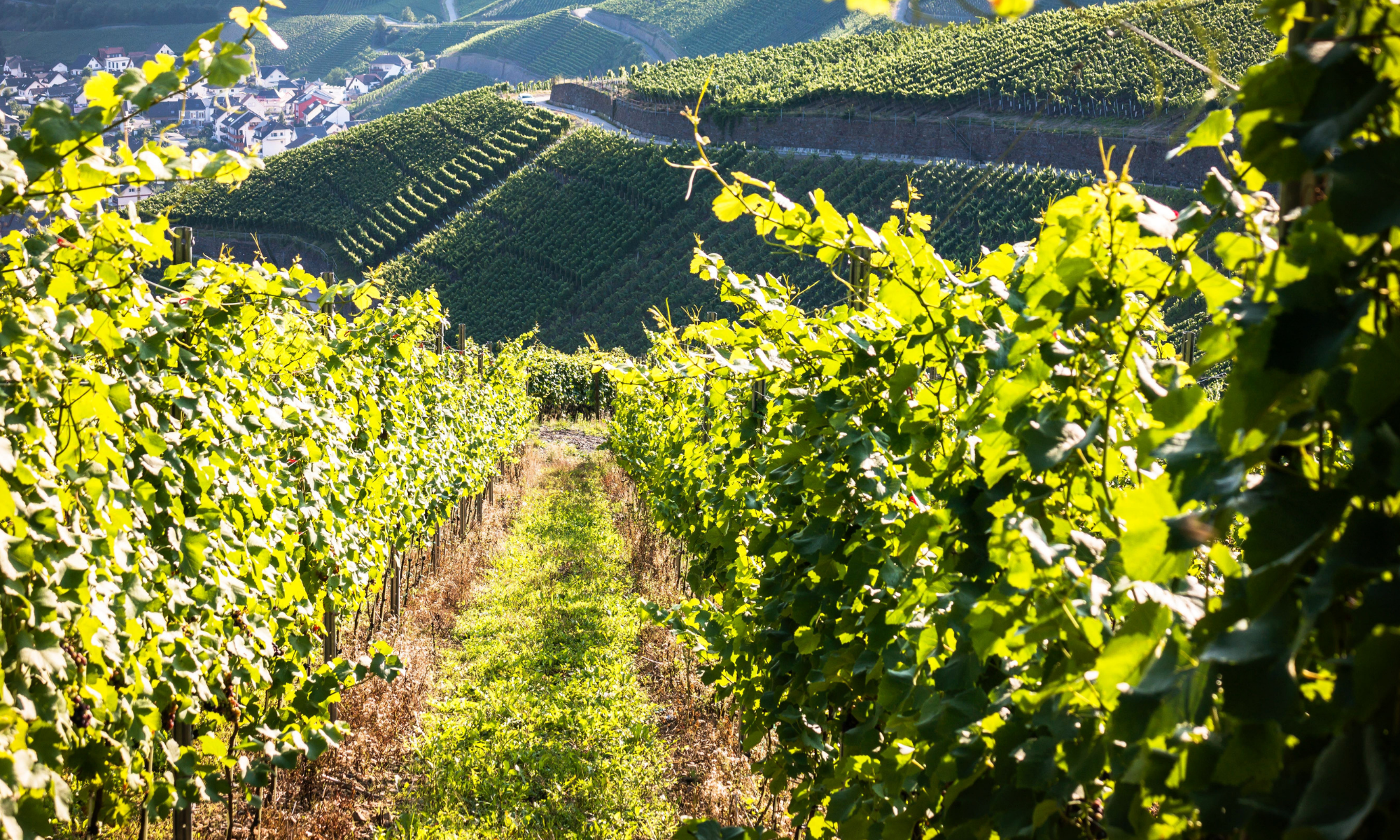
The Day the Universe Exploded My Head: Poems to Take You into Space and Back Again
by Allan Wolf (Author) and Anna Raff (Illustrator)
Booktalk: Ever wonder what the sun has to say about being the closest star to Earth? Or what Pluto has gotten up to since being demoted to a dwarf planet? Or where rocket ships go when they retire? Listen closely, because maybe, just maybe, your head will explode, too. With poetry that is both accurate and entertaining — this book will enthrall amateur stargazers and budding astrophysicists as it reveals many of the wonders our universe holds. Space travelers in search of more information will find notes about the poems, a glossary, and a list of resources at the end.
Snippet:



It’s STEM Friday! (STEM is Science, Technology, Engineering, and Mathematics)
Copyright © 2019 Anastasia Suen All Rights Reserved.


 by Susan Edwards Richmond; illus. by Stephanie Fizer Coleman
by Susan Edwards Richmond; illus. by Stephanie Fizer Coleman






 by Eric Ode; illus by Ruth Harper
by Eric Ode; illus by Ruth Harper



 One North Star: A Counting Book
One North Star: A Counting Book 


